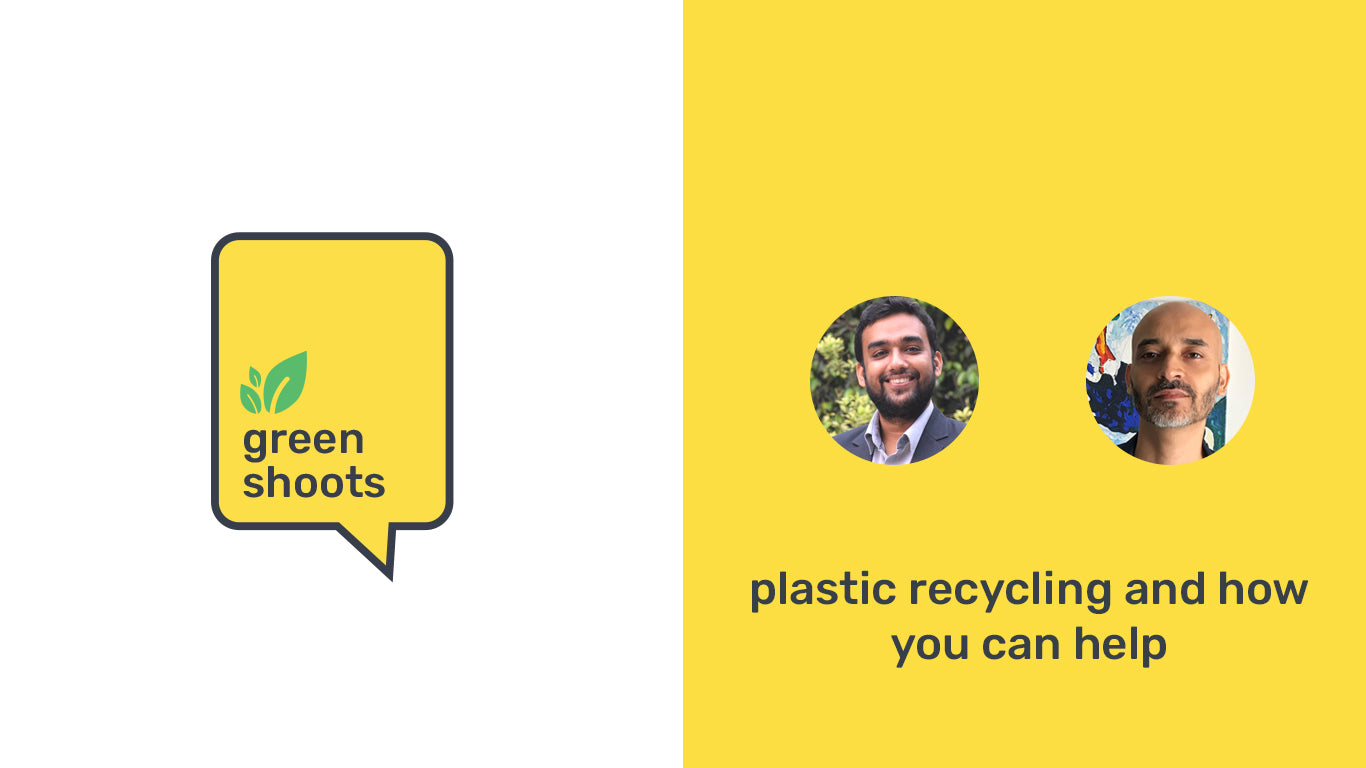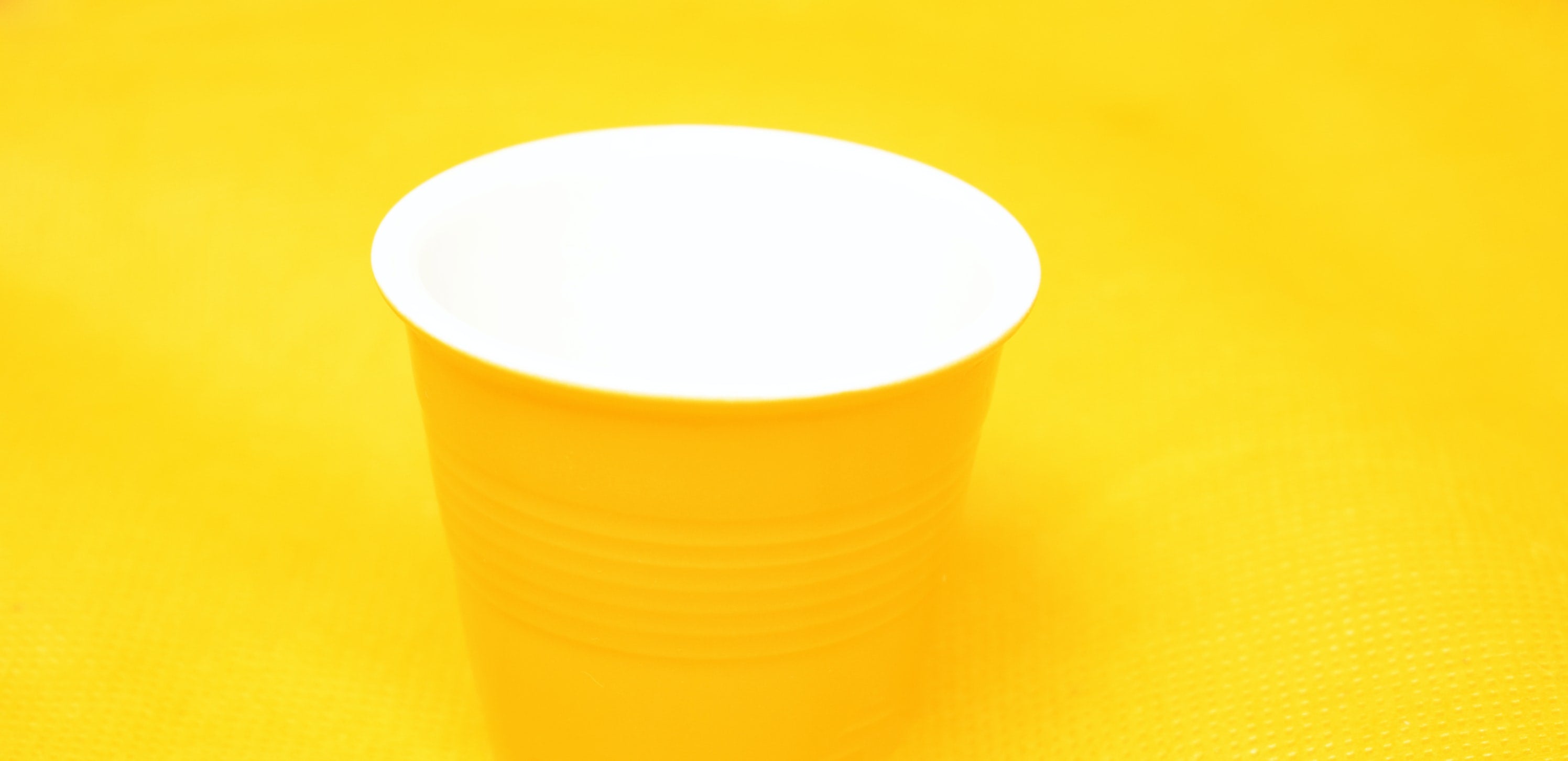What are microplastics and are they harmful?
what are microplastics?
Well, as the name suggests, microplastics are just really small pieces of plastic, less than 5 mm long to be precise. This ranges from the small pieces of plastic that might break off from larger objects, microbeads of plastic present in a lot of kinds of toothpaste and face washes, small fibres from synthetic clothing or even sheared off bits from tyres.
It would not be a surprise that microplastics are everywhere, finding their way into oceans, soil, wildlife, and even our stomachs! It is estimated, we end up ingesting a credit card’s worth of plastic, every year! This is an increasingly concerning issue and the amount of microplastic only seems to be increasing.
In 2015, 15~ 51 trillion microplastic particles were estimated to be floating in surface waters worldwide. These microplastics can then be ingested by wildlife, and enter food-chains, hinder the movement and growth of important smaller species of plankton or other wildlife, end up in the water cycle as rain, to then enter our water sources, air, and be deposited on soil. Microplastics have been found in our salt, fish and small enough microplastics can then be absorbed by plants too, again finding their way into new food webs, and many times, eventually in humans.
now, why are microplastics so harmful?
Depending on how big, there are several ways microplastic harm us, but the simplest: animals who eat plastic don't get the nutrition they would have from food instead. Plastic bits can accumulate in animals' airways and lungs, and at the smaller level, microplastics micrometres across possibly could enter cells and have effects there. Chemicals in these plastics can affect our hormonal systems too. It has also been found that microplastics serve as absorbants for other organic pollutants; pesticides and fertilizers that can cause chronic human health effects, including disruption of the hormonal system (endocrine disruption), inducing genetic changes (mutagenicity) and cancer (carcinogenicity).
what can we do about this problem?
In the short term, making more sustainable and mindful choices is the way to go, for example:
-
Choosing alternative materials over plastics
- Discontinuing the use of any beauty product that boasts of ‘microbeads’ (unless of course, you can be 100% sure they are from organic sources, eg walnut bits)
- Avoiding single-use plastics like polythene bags or cellophane wrappers
- Avoid warming up your food in plastic containers, using plastic electric kettles or plastic milk/water bottles, since a lot of microplastics are released when plastics are exposed to temperature changes
- Choosing natural fabrics over synthetic when it comes to clothing
In the long term though, we do require more solutions than what is possible at an individual level, systemic and society-wide awareness would only be the beginning, and spreading awareness (say by sharing this article!) would be the first step to getting there.
Sources:
brochure-microplastics.pdf (unep.org)
Microplastics are everywhere — but are they harmful? (nature.com)
What are microplastics? (noaa.gov)
Study: Plants can absorb microplastics through their roots (fastcompany.com)
Author - team awenest






